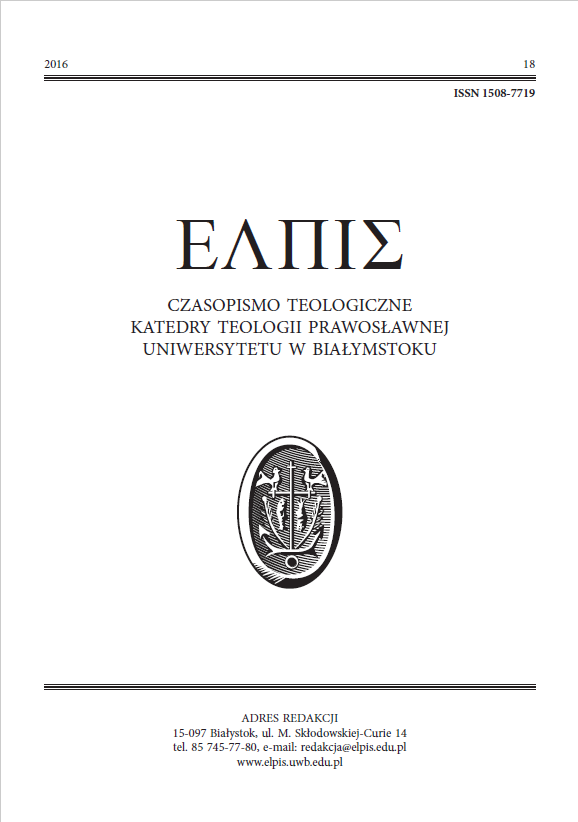Natura jedności eklezjalnej a wydarzenia roku 1054
The Nature of Ecclesiastic Unity and the Events of 1054
Author(s): Marian BendzaSubject(s): Christian Theology and Religion, History of Church(es), Theology and Religion, Eastern Orthodoxy
Published by: Wydawnictwo Uniwersytetu w Białymstoku
Keywords: the Church History; the Orthodox Church; Ecclesiology; Great East-West Schism
Summary/Abstract: This article is supplementary in nature and was not written to give a narrative presentation of the well-known events of the Schism between the East and West, but rather, with the assistance of several remarks and little known details, to enable a new dimension of reflection and discussion on the issues mentioned in this work. In modern historiography, the events of 1054 are treated as an absolute end to the “period of the indivisible unity of the Church.” The objective of this article is to reflect on the quality of this unity and the ascertainment that the events described can be acknowledged as a consequence of tendencies already present. On the other hand, the author demonstrates that Church unity is not a lack of separatist tendencies, but that they are not able to destroy one of the most important signs of ecclesiastical reality – unity. This unity situates the Church in the Divine plan of salvation, thus making it independent of human decisions, disagreements and pride. A reflection on unity, based on biblical and patristic analysis, also allows us to relate to the events of 1054 in a different manner. Their “schismatic” character, in the light of texts written at the time, rather appears as a heated discussion, in which both interested sides desire to respond to the challenges of their era in cooperation. It was, after all, the great epoch of the Gregorian reforms in the Roman Catholic Church, the “theological Byzantine golden age” and theology that ensured appropriate development. Therefore, it might be better to treat the “Schism” simply as a division, and in the harsh declarations made by the hierarchs as an expression of care for an appropriate shape of the Church, particularly in the context of the Normans, who were an emerging power and the increasing tendencies of Caesaropapism. The author does not hide in the conclusion that in the “golden age of Byzantium” the first and most important crack appeared, however, nothing was able to break the unity of the Church…
Journal: Elpis
- Issue Year: 2016
- Issue No: 18
- Page Range: 9-20
- Page Count: 12
- Language: Polish

